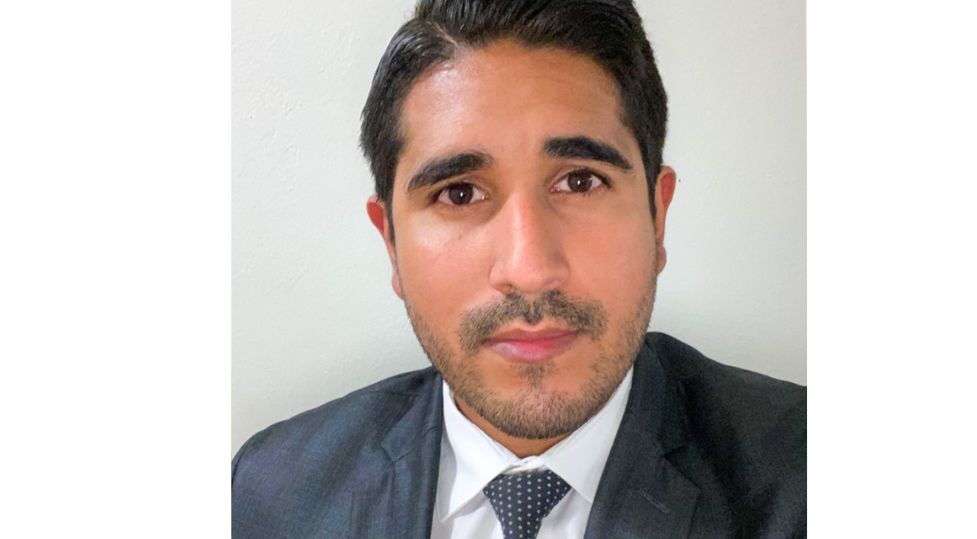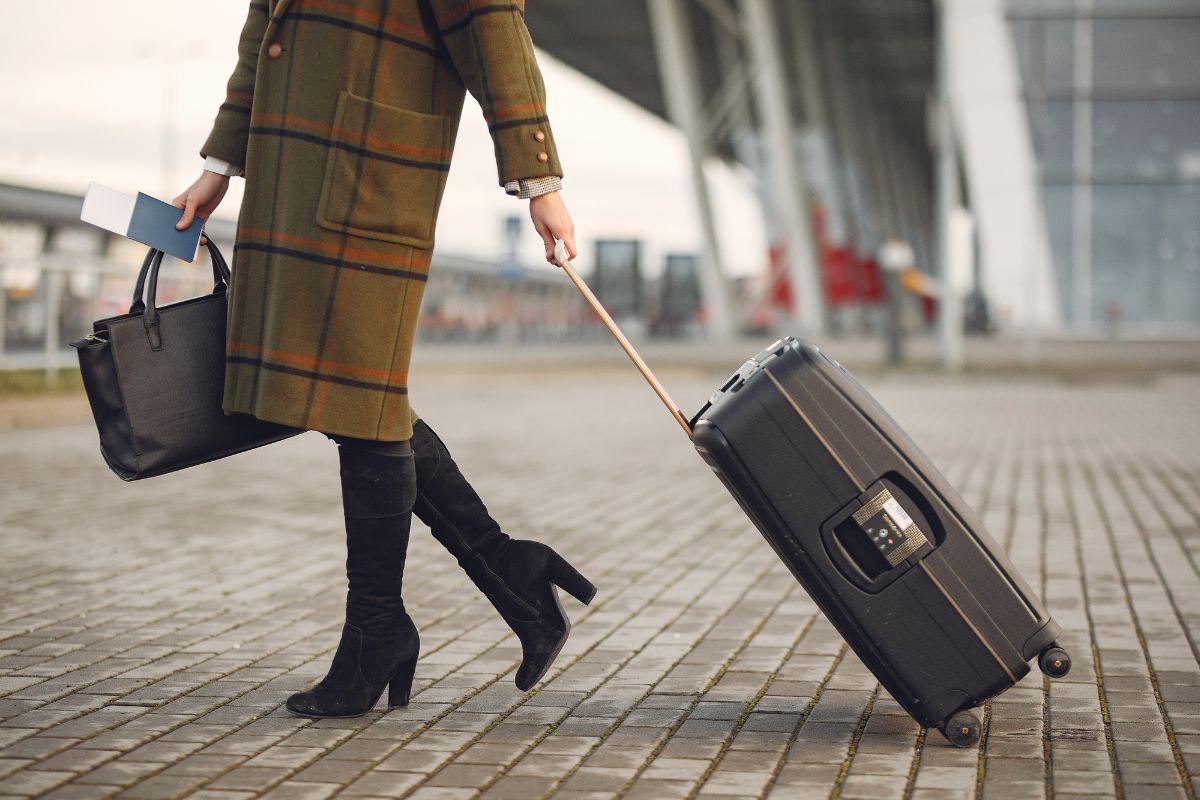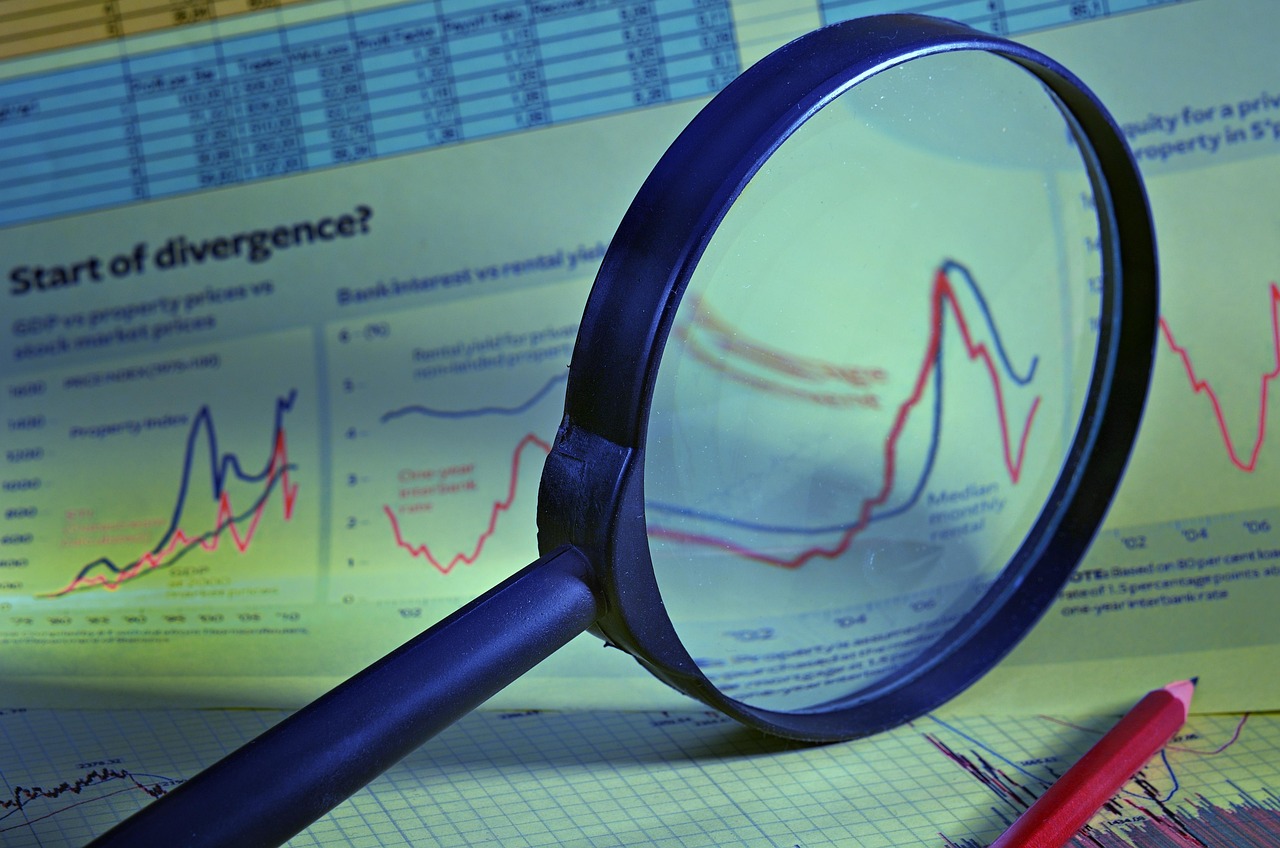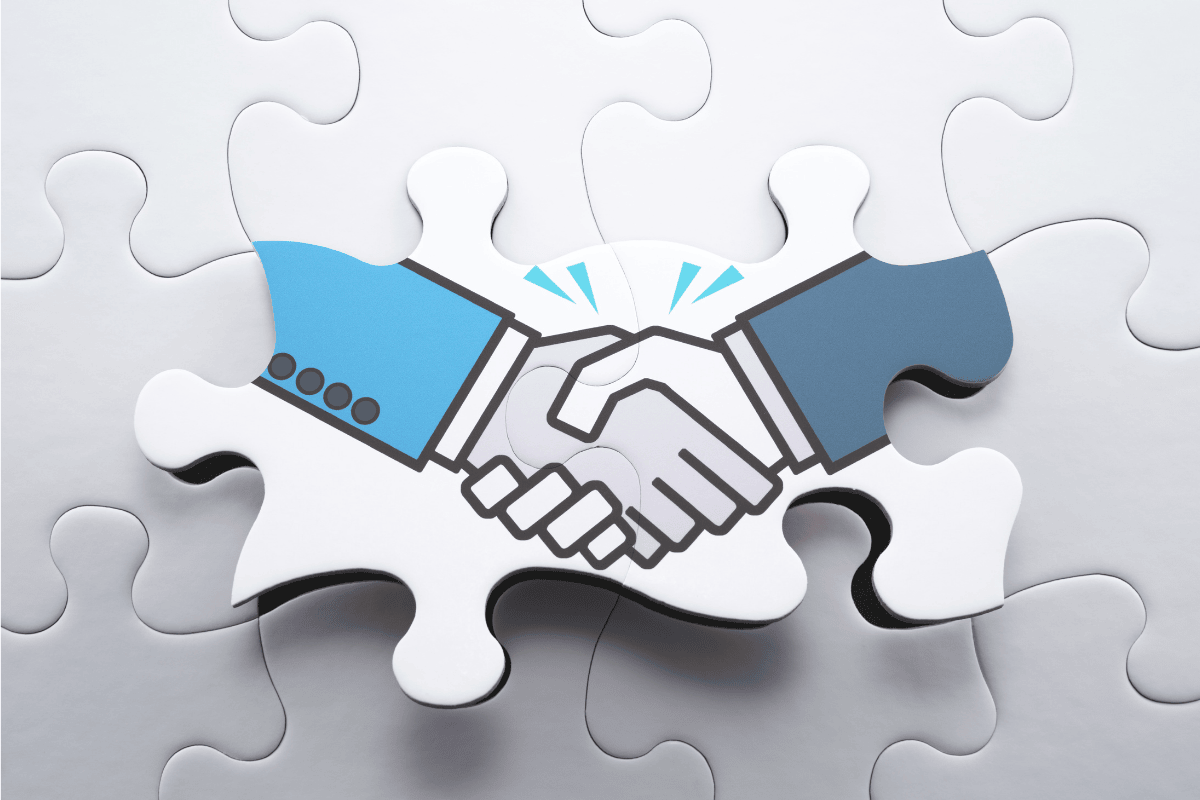Today, gold is the subject of intense debate. Warren Buffett dismisses it as an asset that “only increases if the number of fearful people grows.” Ray Dalio counters that gold is “undervalued,” especially at a time when we are losing a monetary regime.
So, is gold a source of real losses, a store of value, or even a generator of value? Of course, the answer is nuanced. To understand gold, we must examine three questions: why investors buy it, why its price behaves so strangely, and whether its scarcity will endure.
Three Classic Reasons to Own Gold
1. Inflation
In the time of Nebuchadnezzar, an ounce of gold could buy 350 loaves of bread at approximately $7.90 each (adjusted to today’s value), roughly the same price as a loaf of bread at an artisanal bakery today. A thousand years later, gold still retains similar purchasing power and acts as a powerful hedge against inflation.
But timeframes matter. Over periods shorter than 20 years, gold proves unreliable, with volatility rivaling that of the S&P 500. Only over long periods has gold historically maintained its purchasing power. Therefore, for investors with very long horizons, it can serve as a hedge—but for shorter timeframes, it’s a risky bet.
2. Diversification
Gold is a safe haven against equities, with a very compelling track record. Historically, it has outperformed many alternatives for portfolio protection, and its average 10-year correlation with stocks is close to zero. But this relationship is not constant. Over time horizons shorter than a decade, correlations can turn positive, and benefits may evaporate when they are most needed.
3. Crisis Hedge
During the last 11 stock market downturns, gold delivered positive returns in eight of them. Even when it declined, the drop was far smaller than that of equities. Unlike costly put options, gold can generate positive returns both in crisis and non-crisis environments.
Inelastic Bands
As suggested above, the long-term price of gold appears inelastic. There is a “golden constant,” meaning gold seems to be a continuous store of value over the long term.
Why? Gold mining is difficult, expensive, and geographically dispersed. Globally, no one controls production, and China, the largest producer, accounts for only 12.5% of output.
Annual production is just 3,300 tons. Thus, the total amount of gold mined to date is tiny compared to other precious commodities like silver. It fits in a 23-meter cube—about the size of an Olympic swimming pool—and supply barely responds to price changes.
However, this inelasticity causes sharp short-term price swings, driven almost entirely by demand. Understanding this should, at the very least, influence the decision to invest in gold in the short and medium term.
The real price of gold is in some ways similar to the price-to-earnings (P/E) ratio. When the P/E is very high, expected returns on stocks are low because we anticipate some mean reversion. Similarly, since the real price of gold has remained relatively constant over the very long term, when the real price of gold is high, we expect some reversion.
Today, gold is also expensive compared to crude oil, silver, and copper. Historical patterns suggest low or even negative real returns over the next decade. While it’s important to remember that structural demand stemming from de-dollarization and possible regulatory changes could sustain prices longer than history suggests, investors buying at current levels are likely paying for safety and optionality—not growth.
The Constant May Not Be Sacred
What’s more, the gold constant is not sacrosanct. In 2004, the introduction of gold ETFs gave retail and institutional investors easier access to gold. This met pent-up demand and caused a structural shift in the price level—or the gold constant.
More recently, this relationship shifted again. The People’s Bank of China now leads global gold purchases, driven by fears over the weaponization of the dollar after the U.S. cut Russian banks off from SWIFT in 2022. China has established bilateral swap lines to reduce dollar dependency. Reserves are being diversified, and gold tops the list.
And more changes may lie ahead. Basel III regulations could be another catalyst. A 3% allocation to gold for banks’ high-quality liquid assets would trigger a demand surge comparable to the one caused by the introduction of gold ETFs.
What About Threats to Gold’s Scarcity?
Two main threats have emerged. Near-Earth asteroid 1986 DA contains approximately 100,000 tons of gold worth $10 trillion (at market prices). It is small (2.3 km) and requires no more fuel to reach than the Moon. Companies like AstroForge are already planning missions, while smaller, closer asteroids like 4660 Nereus offer even easier targets.
Secondly, nuclear alchemy is underway. Scientists transmuted bismuth into gold in 1980, albeit in microscopic amounts. Mercury, gold’s nearest atomic neighbor, is cheap and abundant. As nuclear fusion technology advances, large-scale transmutation may become theoretically possible.
If any of these initiatives succeed, the scarcity premium of gold could diminish.
The Golden Ratio
Gold is expensive today, so it’s unlikely to be a high-performing asset in the coming years. Long-term threats to its scarcity are real. However, in a world with $38 trillion in U.S. debt, weaponized currencies, and declining trust, gold offers something rare: an asset that no government controls and no central bank can print.
Gold’s expected return may be lower in the future, but it could serve as an insurance policy. The Romans who buried the Hoxne Hoard understood this—even if it didn’t save their lives.














